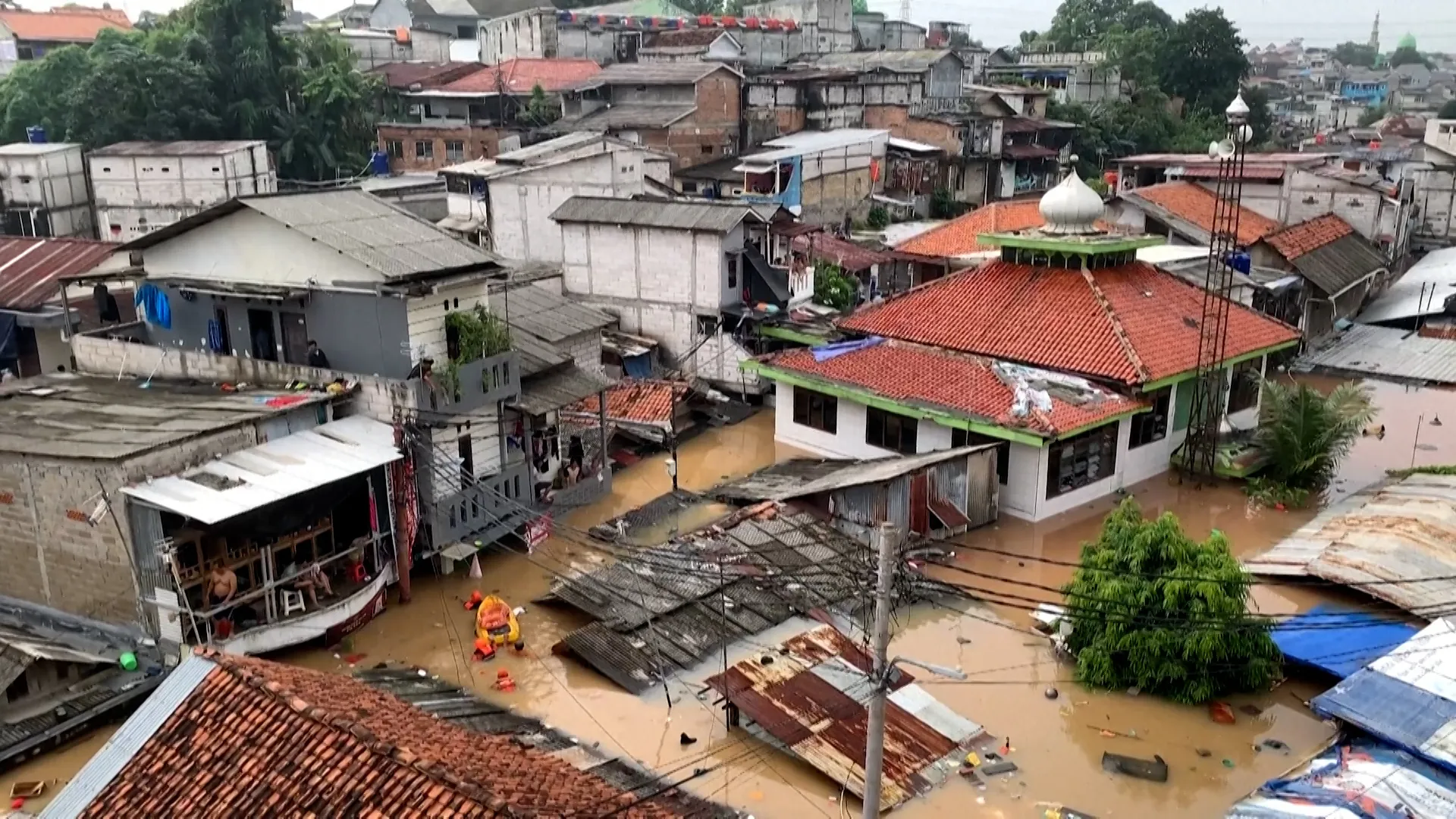GloNews10

Severe flash floods in Indonesia triggered by torrential rains have wreaked havoc in Bali and East Nusa Tenggara provinces, leaving at least 15 confirmed dead and around 10 people missing, with many more displaced. Rivers overflowed, landslides occurred, and infrastructure crumbled under the weight of floodwaters, forcing rapid rescue operations in Indonesia to save survivors and support affected communities.
The disaster began on September 8, 2025, when unusually heavy rainfall swept across multiple regions. In Bali, floodwaters reached depths of over 2.5 meters in low-lying areas, submerging homes, businesses, and parts of popular tourist districts. East Nusa Tenggara meanwhile saw entire villages destroyed, with mudslides burying roads and crops. According to a detailed AP News report on the flash floods, rescuers recovered the bodies of a mother and child buried under mud in Mauponggo village, and many local residents remain missing.
Local authorities, including Indonesia’s National Disaster Mitigation Agency, are working around the clock to coordinate rescue teams using boats, helicopters, and rubber dinghies to reach stranded inhabitants. Schools, mosques, and community halls have been repurposed as temporary shelters for displaced families. Clean drinking water, food, and medical aid are urgently needed as many affected areas have lost power and access to safe water. The People magazine coverage details that floodwaters inundated more than 100 neighborhoods, sweeping away vehicles and devastating local businesses including tourism, which is a significant part of Bali’s economy.
Entire roads and bridges have been washed away, complicating relief delivery. Fields and plantations, the source of livelihood for many residents, were submerged or destroyed. Hospitals are struggling to treat the injured amid water damage and lack of supplies. Local officials warn that fatalities may rise as waters recede and search operations reach remote and previously inaccessible areas.
Community response has been strong: volunteers are distributing food, blankets, clothing, and helping to evacuate at-risk families. However, the scale of destruction has exposed gaps in disaster preparedness. Experts point out that flash floods in Indonesia are becoming more frequent and intense, exacerbated by deforestation, poor drainage systems, and climate change which brings erratic rainfall and more powerful storms.
In addition to immediate rescue and relief, longer-term implications are serious. Damage to infrastructure like roads, bridges, and utilities will require substantial investment to restore. Tourism, a major industry in Bali, faces deep losses. Local governments are calling for better early warning systems, more resilient construction in flood-prone zones, and reforestation to reduce runoff. Climate scientists warn that without urgent adaptation, Indonesia floods in 2025 could become a part of a grim recurring pattern rather than an isolated tragedy.
Rescue operations in Indonesia continue, with hope and determination among communities and responders alike. As floodwaters gradually recede, clean-up begins, and survivors try to rebuild, the disaster leaves behind profound loss but also lessons about vulnerability, resilience, and the urgent need for better disaster mitigation.